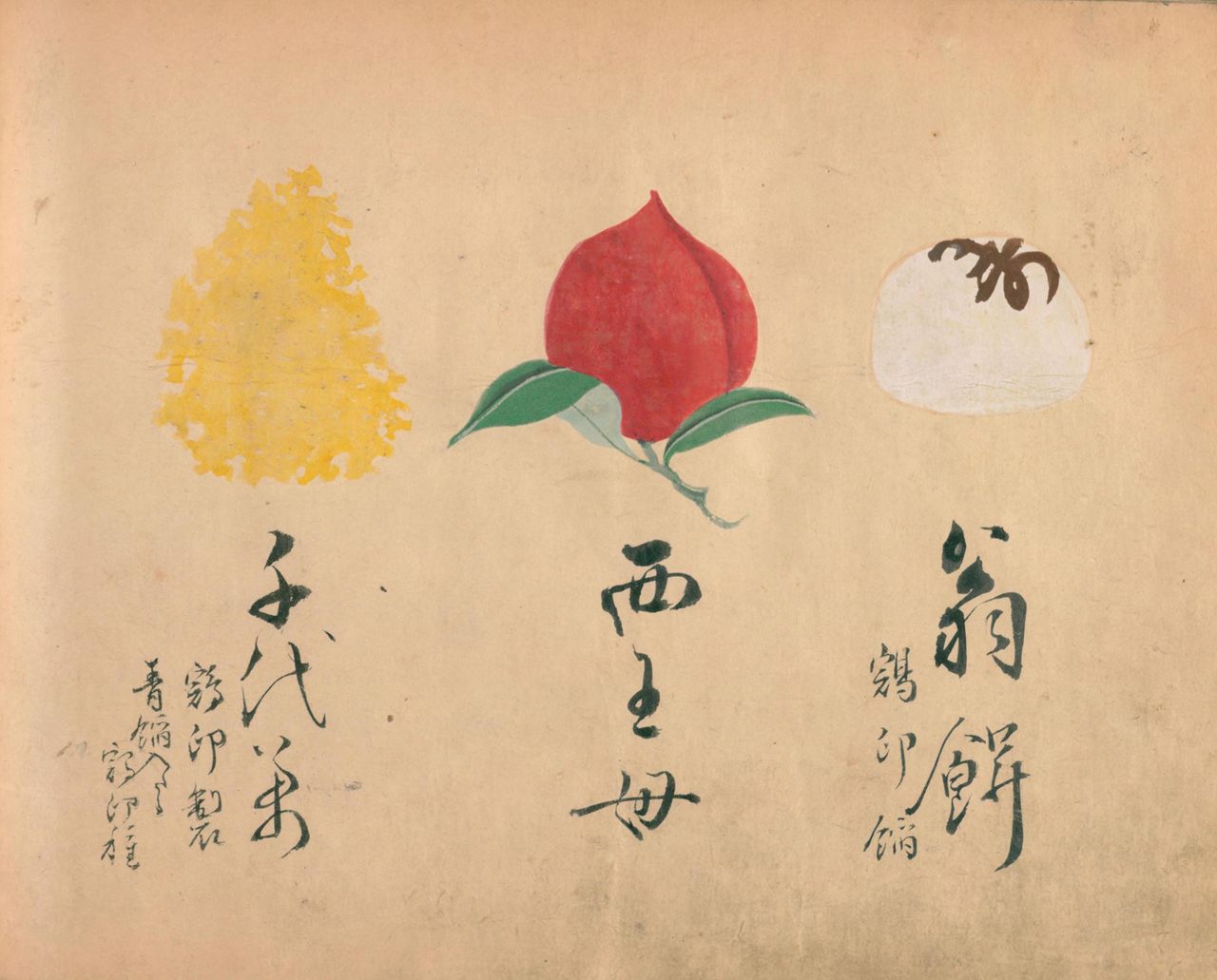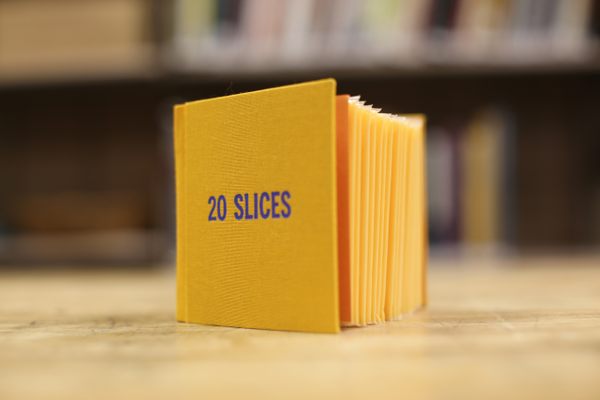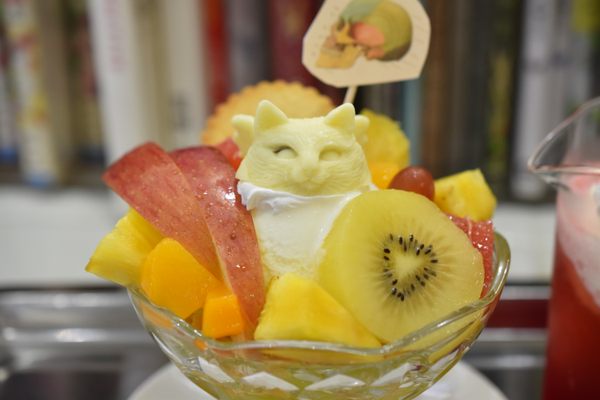
The Fabulous Design Manuals for Japan’s 19th-Century Sweets
Wagashi range from elegant to surprisingly modern.
Across Japan, recipes for elegant wagashi sweets made from adzuki beans, mochi, and agar-agar have been passed down over generations. But that wasn’t always the case. After culinary infusions from ancient China and the Portuguese, wagashi crystallized into beloved sweet treats during the cultural maelstrom of the Edo period, between 1603 and 1868. Back then, confectioners experimented with nature motifs as well as modern-looking abstract patterns. Soon, there were so many designs that sweet-makers and customers alike needed a way to keep them straight.

Enter the wagashi design book. These lavishly-illustrated volumes, which depict the breadth of colors, shapes, and designs possible to render in sweet form, are still preserved in Japanese libraries. In them, illustrators painted wagashi as delicately shaped bamboo shoots, chestnuts, or cherry blossoms, reflecting the changing of the seasons. Flat slabs of bean-paste yōkan bear bold designs and equally bold names, such as “Mountain Peaks at Dawn.” In these many books, such as one named the Onmushigashizu, designs were often inspired by classical poetry and literature.
The books allowed wagashi-makers to keep sweets consistent over generations. For example, the Fukushimaya wagashi shop in Tokyo still uses an 1867 manual created by their founder, and to this day recreate the exact designs painted on the pages. While new styles of wagashi are still being developed, even older styles look up-to-date, and are still just as delectable.





Gastro Obscura covers the world’s most wondrous food and drink.
Sign up for our regular newsletter.




































Follow us on Twitter to get the latest on the world's hidden wonders.
Like us on Facebook to get the latest on the world's hidden wonders.
Follow us on Twitter Like us on Facebook